From CAF Gaps to Nation-State Threats: Why UK Central Government Needs Always-On SOC Protection.

Contents
Introduction: A Cyber Wake-Up Call for Government Introduction: A Cyber Wake-Up Call for Government Escalating Threats and Security Gaps in Government Escalating Threats and Security Gaps in Government The Future of SOC: AI, Automation and Cost Reduction The Future of SOC: AI, Automation and Cost Reduction How to Cut Cybersecurity Costs Without Compromising Protection How to Cut Cybersecurity Costs Without Compromising Protection Ready to Secure Your Organisation 24/7? Ready to Secure Your Organisation 24/7?for the latest insights
Introduction: A Cyber Wake-Up Call for Government
When a cyber-attack on the UK Legal Aid Agency exposed over 2 million sensitive records, it sent a stark warning to central government and the wider public sector: the threat is real, and defences have gaps.
The National Audit Office (NAO) has warned that cyber threats to government are “severe and advancing quickly.” Yet many departments along with other critical public sector bodies are struggling to keep pace. CAF compliance shortfalls and a nationwide shortage of skilled SOC analysts leave systems exposed to risk.
Nation-state hackers and ransomware gangs are ready to exploit any weakness from unpatched legacy IT to the blind spots left by 9-to-5 monitoring.
In this climate, 24/7 always-on Managed SOC (Security Operations Centre) protection isn’t a luxury; it’s an urgent necessity to safeguard national services, sensitive data, and public trust.
This blog explores the growing risks facing UK government and public sector organisations, why traditional SOC models are falling short, and how AI-driven Managed SOC services can deliver continuous protection and guaranteed cost efficiency.

Escalating Threats and Security Gaps in Government
Multiple factors have converged to put central government and the public sector at unprecedented cyber risk:
1. Surging Nation-State & Ransomware Attacks
Government departments and public sector organisations remain prime targets for sophisticated adversaries. The National Audit Office (NAO) warns that attacks on key public services are now a regular reality. According to the National Cyber Security Centre (NCSC), UK cyber defence teams handled a record 430 incidents in 2024, up from 371 in 2023.
These included hostile state espionage and financially motivated ransomware as seen in the Legal Aid Agency breach. While attributed to criminal gangs, the scale of impact highlights the severity of the threat. With such a high proportion of incidents focused on the public sector, the risk profile has never been higher.
2. Gaps in CAF Compliance and Legacy Defences
The government’s own GovAssure audits, based on the NCSC’s Cyber Assessment Framework (CAF), identified significant gaps in cyber resilience across dozens of critical systems. At least 228 legacy IT systems remain in operation with unknown vulnerabilities. In practice, this means many departments and other public sector entities delivering essential services are falling short of baseline cyber security standards. The Ministry of Justice admitted that longstanding IT flaws contributed to the Legal Aid Agency incident.
3. Shortage of Skilled SOC Analysts
A modern SOC requires expert analysts on duty 24/7, yet in 2023-24, one in three cyber security roles in government was vacant or filled by temporary staff. Several departments had more than half their cyber positions unfilled, and 70% of security architects were contractors. This shortage extends across the public sector, slowing detection and response. If an alert fires at 3 AM, there may be no one available with the expertise to react.
The equation is clear: escalating threats + compliance gaps + skills shortages = a perfect storm. Leaders must find ways to bolster monitoring and incident response around the clock without ballooning costs or exhausting limited resources.
The Future of SOC: AI, Automation and Cost Reduction
Traditional SOC models; whether in-house or outsourced to legacy providers are struggling to keep up. They are often costly, slow, and reactive, weighed down by high fixed staffing costs and fragmented tools. As cyber threats evolve, simply adding more people or point solutions is no longer viable. The future of the Security Operations Centre lies in working smarter, not harder.
Forward-thinking organisations are now embracing AI-driven SOC capabilities, automation, and cloud-native platforms to achieve stronger security outcomes at lower cost. An AI-powered, modern SOC can analyse and correlate thousands of events in seconds, far beyond human capacity. Cybersecurity automation handles routine alerts and even remediates issues instantly, so analysts focus only on complex, high-priority threats.
Key Advantages of a Next-Generation SOC
Intelligent Threat Detection: Advanced AI and machine learning analyse huge data volumes in real time, reducing false positives and flagging subtle attack patterns. This can detect the signs of a nation-state intrusion before attackers gain a foothold.
Automated Response & Orchestration: Integrated SOAR tools isolate compromised servers or block phishing domains within seconds, slashing response times and damage.
24/7 Cloud-Native Monitoring: Eliminates heavy on-premise infrastructure, scales on demand, and delivers uninterrupted monitoring — with global threat intelligence ensuring no alert is missed, even at 3 AM.
Outcome-Focused Operations: Measures success by mean time to detect and respond (MTTD/MTTR), not alert volumes. Many SOC-as-a-Service models deliver 30-40% faster detection and up to 60% quicker response.
In short, the next-gen SOC is smarter, faster, and leaner, blending human expertise with intelligent software. For government departments, adopting these innovations helps bridge the skills gap, improve CAF compliance, and maintain operational readiness without spiralling costs.
How to Cut Cybersecurity Costs Without Compromising Protection
Tightening budgets and escalating cyber threats mean senior decision-makers must ensure every pound spent on security delivers measurable value. The good news? Strengthening cyber resilience and reducing costs are not mutually exclusive. With the right strategy, you can protect critical systems while streamlining spend.
1. Consolidate Security Tools and Vendors
Many organisations suffer from tool sprawl, a patchwork of SIEM, endpoint, threat intelligence, and other tools from multiple vendors. This inflates licensing and integration costs while creating operational silos. Audit your stack and standardise on a unified platform or a single Managed SOC provider to eliminate duplication, simplify management, and cut down on alert fatigue.
2. Invest in Automation & Orchestration
Every manual SOC task carries a labour cost. By adopting cybersecurity automation and SOAR tools, you can handle routine incidents at machine speed - freeing analysts to focus on complex threats. Automated playbooks can isolate a compromised endpoint or block a malicious domain instantly, cutting mean time to respond (MTTR) and operational expenses.
3. Re-evaluate In-House vs. Managed SOC Services
Running a 24/7 in-house SOC is costly when you factor in staffing, training, infrastructure, and out-of-hours coverage. Many public sector organisations are finding that an AI-driven Managed SOC delivers better capabilities at a fraction of the cost. UBDS Digital, for example, guarantees a 30% reduction in SOC operating expenses compared to traditional models while meeting CAF and GovAssure compliance standards.
4. Demand Transparent, Predictable Pricing
Avoid opaque fees and open-ended contracts that drain budgets. Choose providers offering fixed monthly rates or per-user/device pricing tied to clear SLAs. This ensures cost predictability and accountability, allowing you to measure ROI on cyber security like any other investment.
By implementing these measures, organisations can reduce costs while strengthening defences. It’s about working smarter and focusing resources on high-impact areas and leveraging technology and partnerships for the rest. The result is a security posture that satisfies CFOs, auditors, and regulators alike.
Ready to Secure Your Organisation 24/7?
Cyber threats won’t wait, and neither should you. The longer those CAF gaps and resource shortages persist, the more opportunity adversaries have to strike when you’re least prepared. It’s time to take proactive steps towards a stronger security posture.
See how much your organisation could save with a next-gen SOC. Don’t let budget concerns stall your progress , UBDS Digital offers a free, no-obligation review of your current security operations. Request a Free SOC Cost Review today and discover how our always-on, AI-driven SOC can transform your cyber defences while cutting costs by 30%. Empower your team with continuous protection and expert support, and confidently navigate the evolving threat landscape knowing that UBDS Digital has you covered, 24/7/365.

Looking for
exceptional outcomes?






